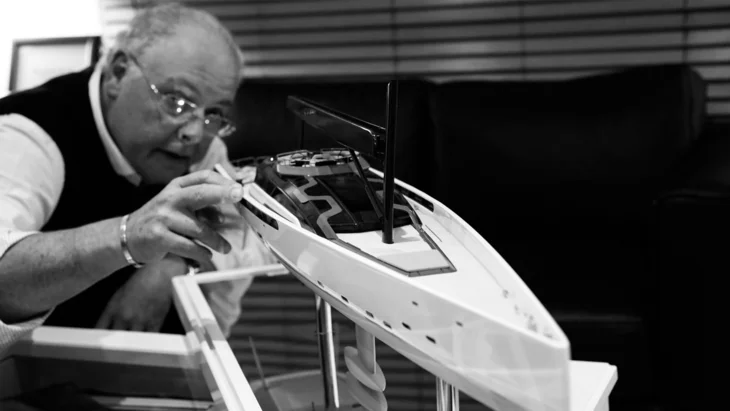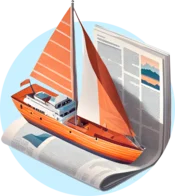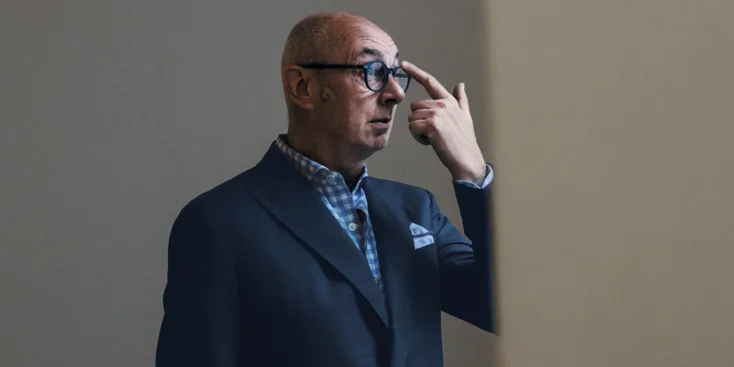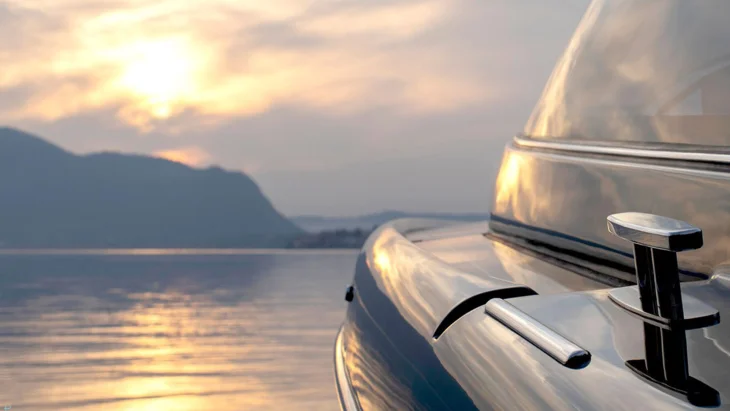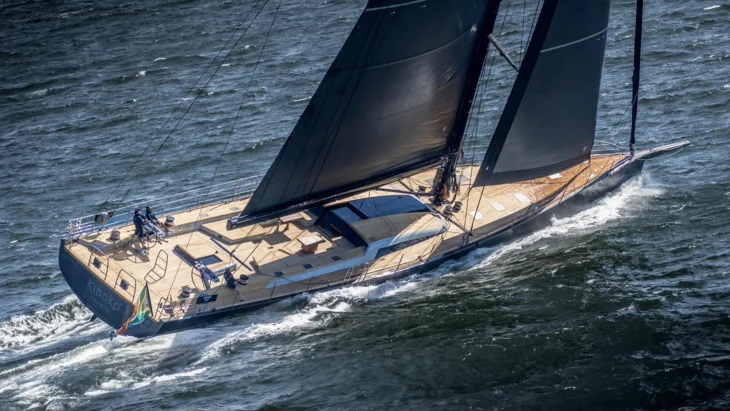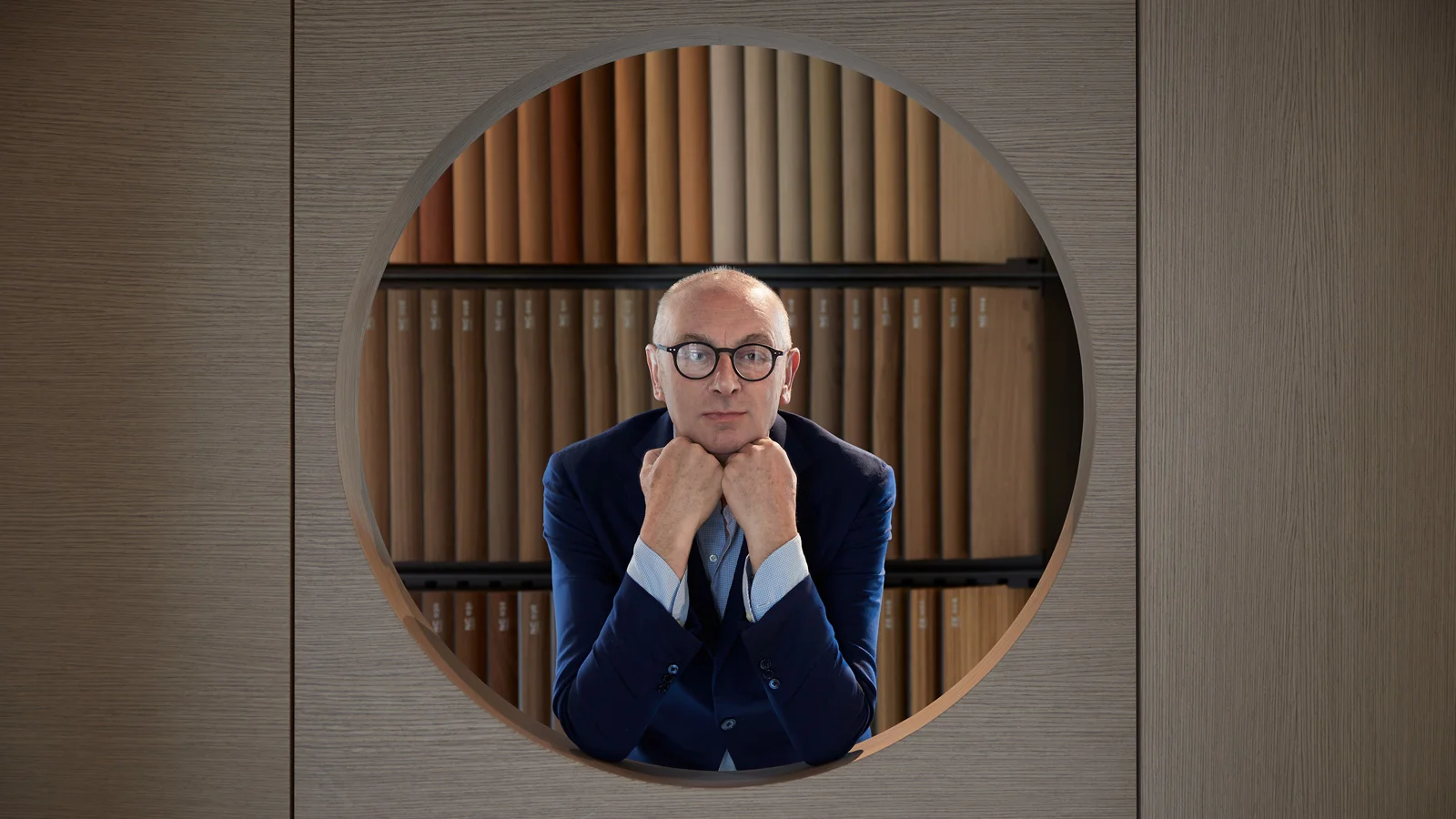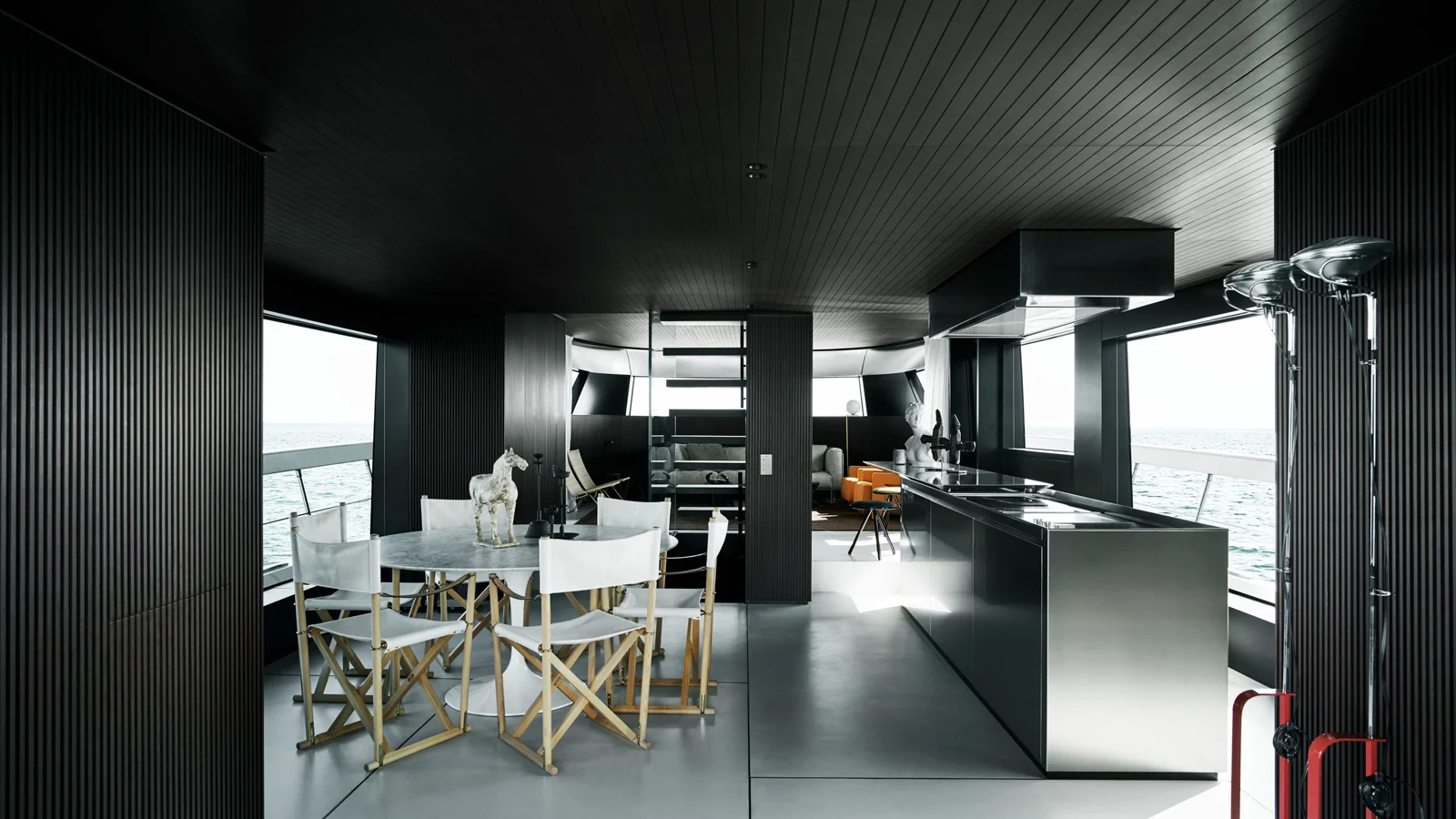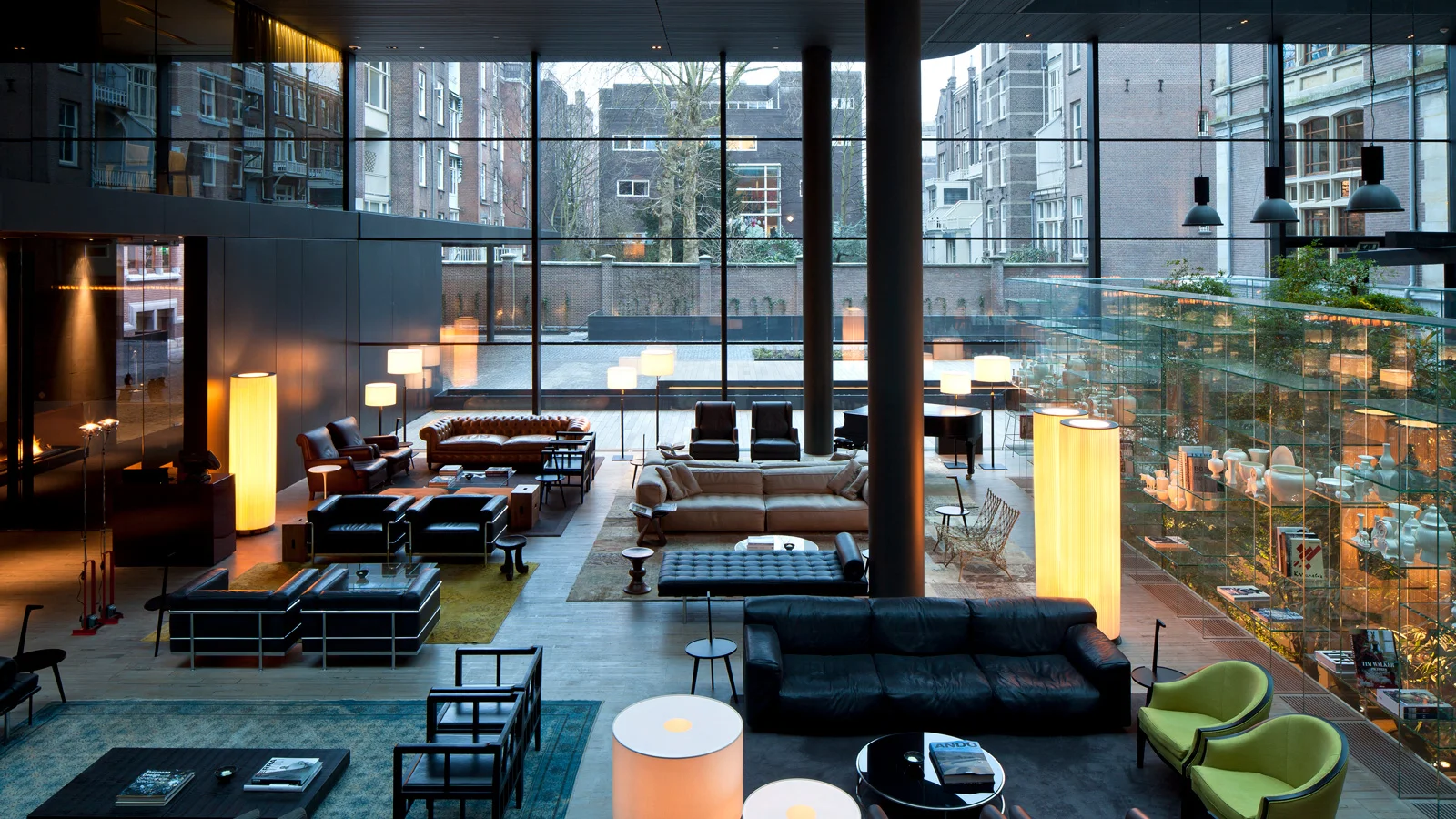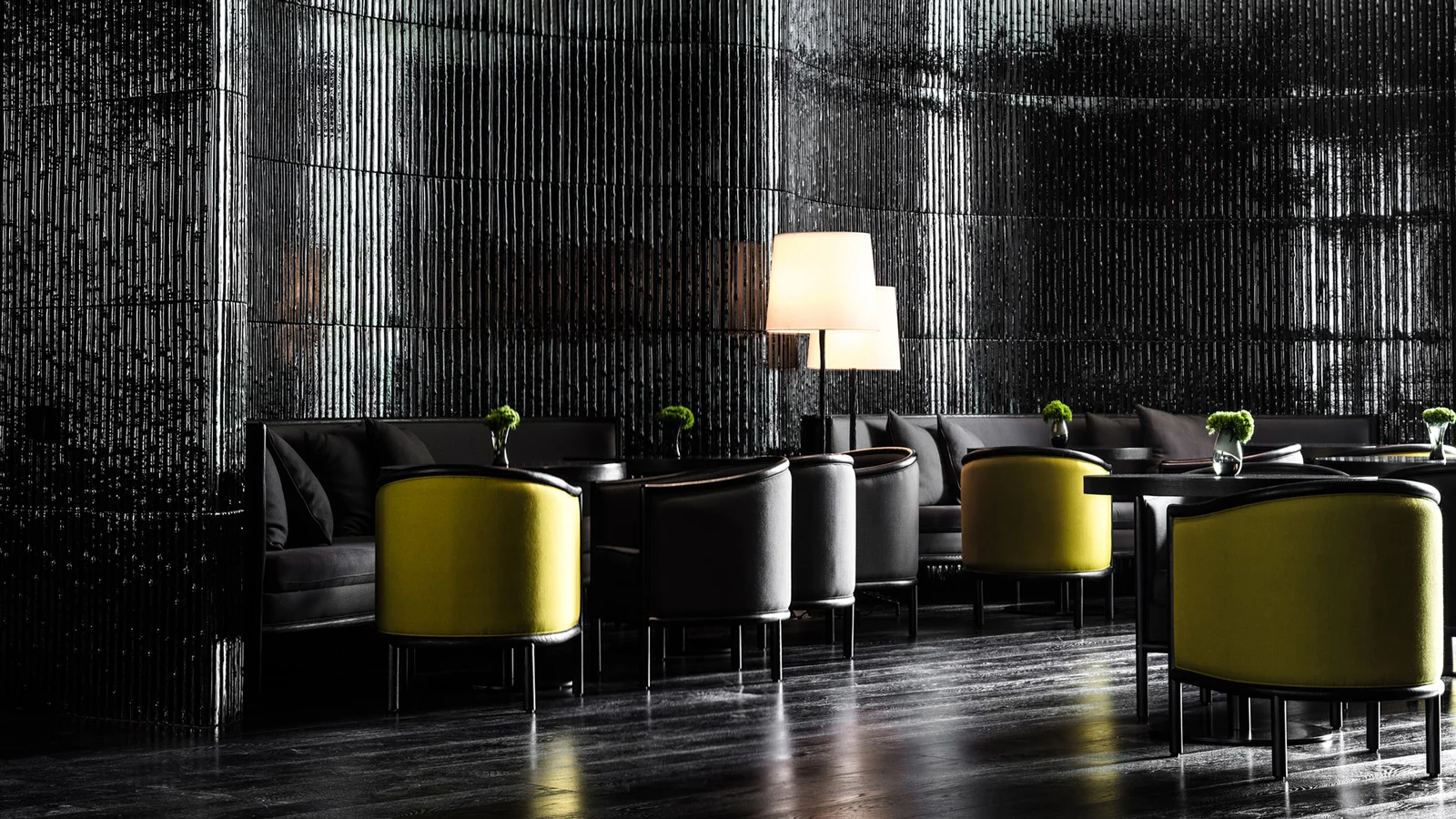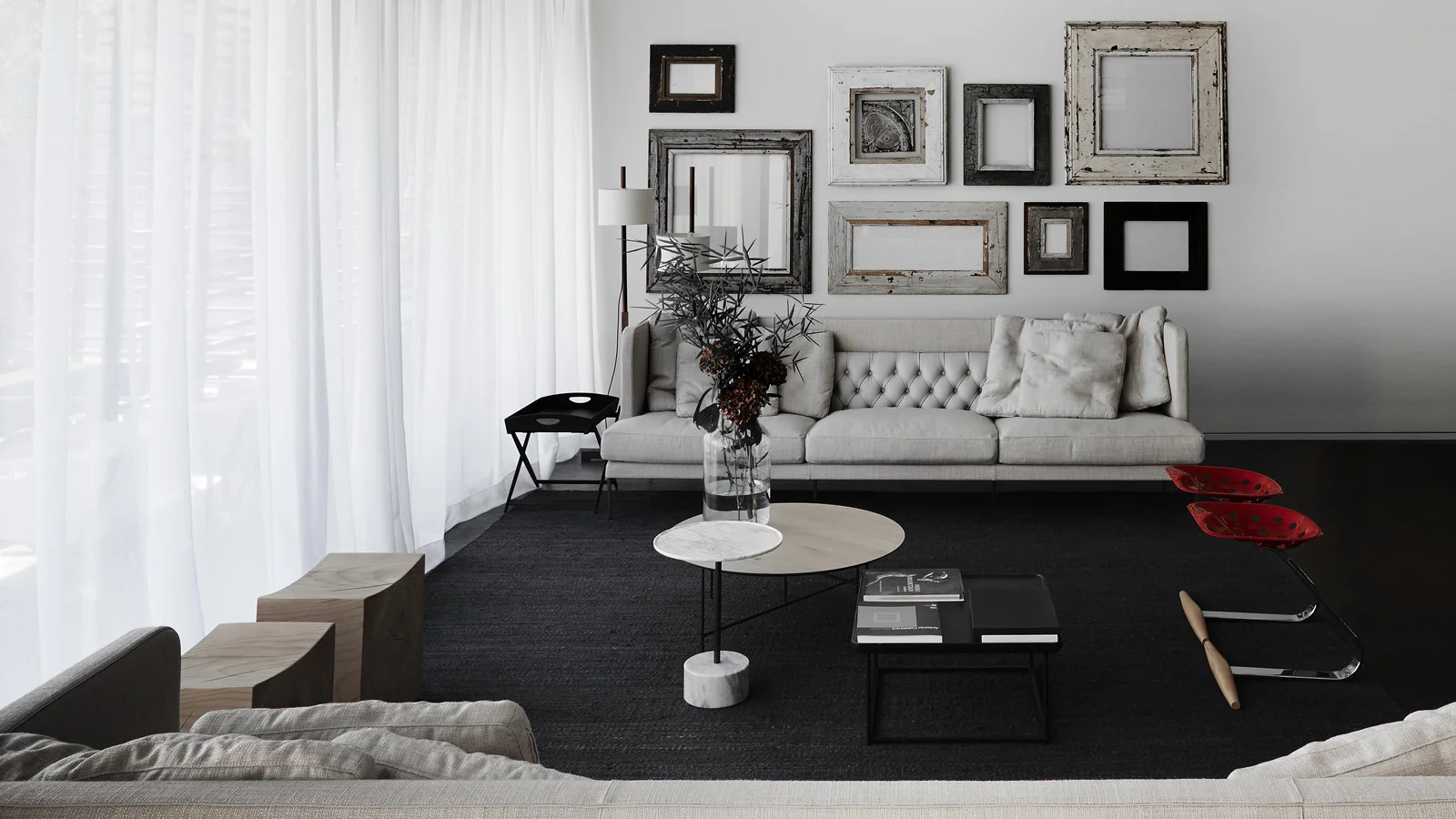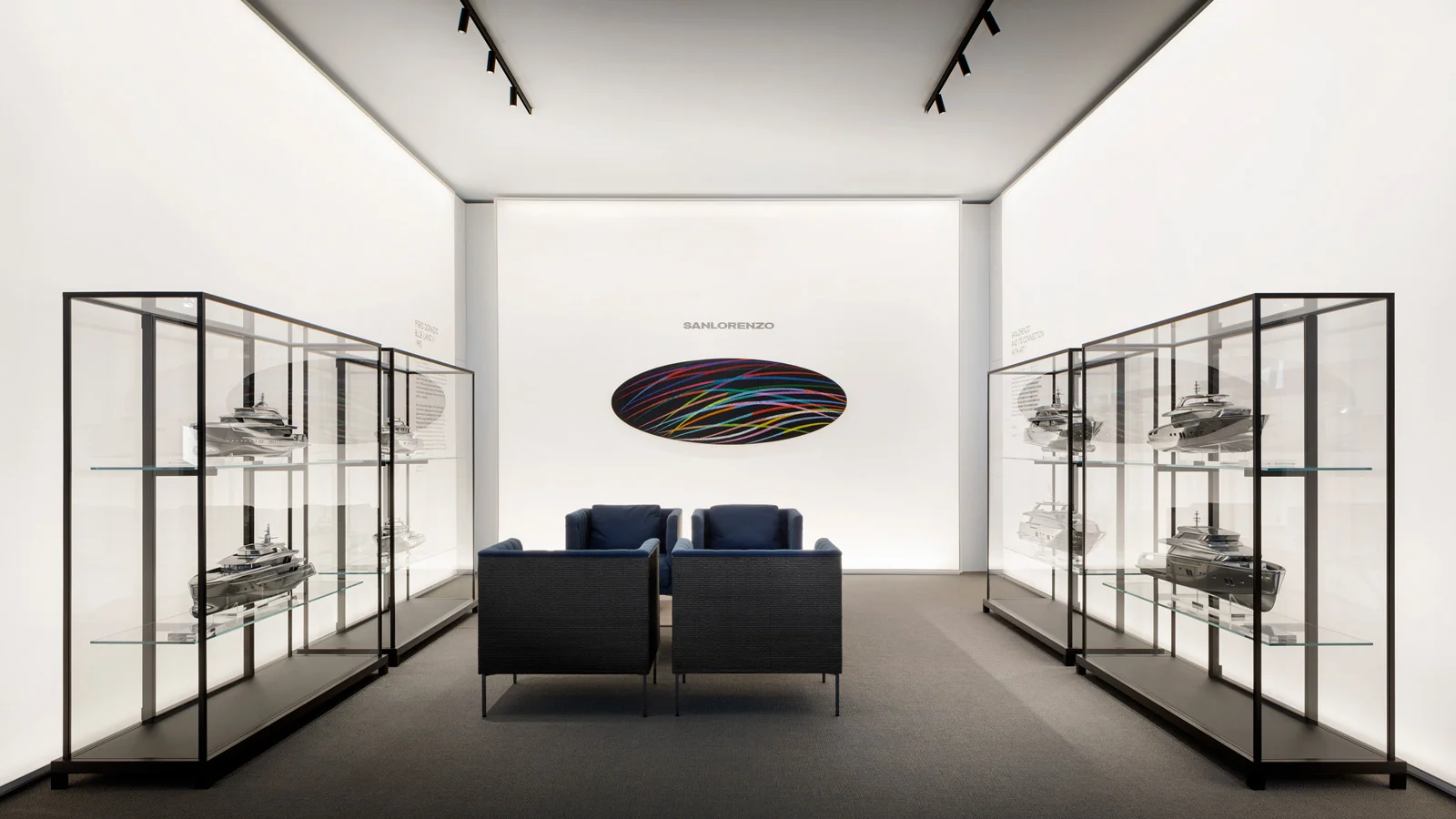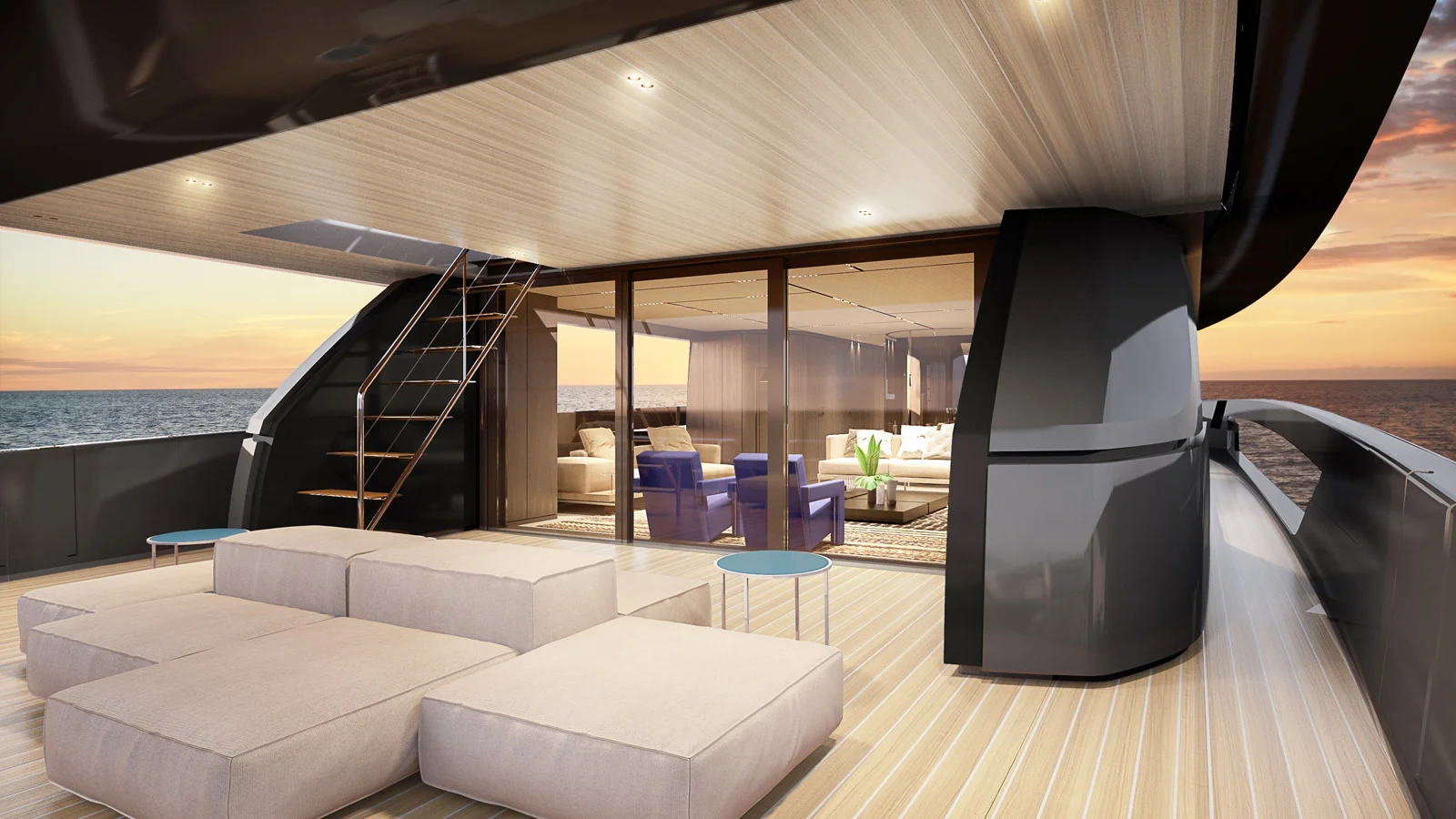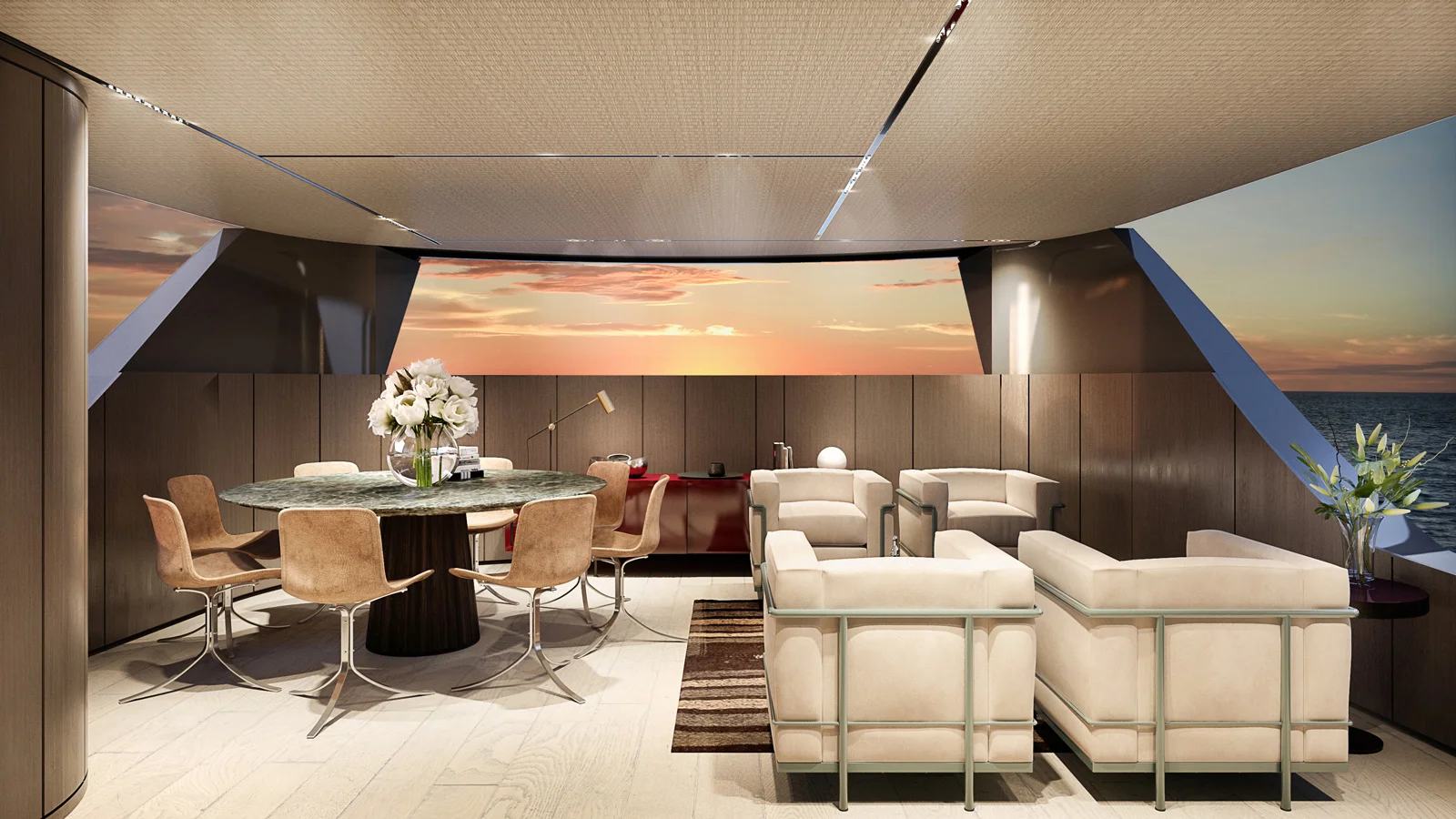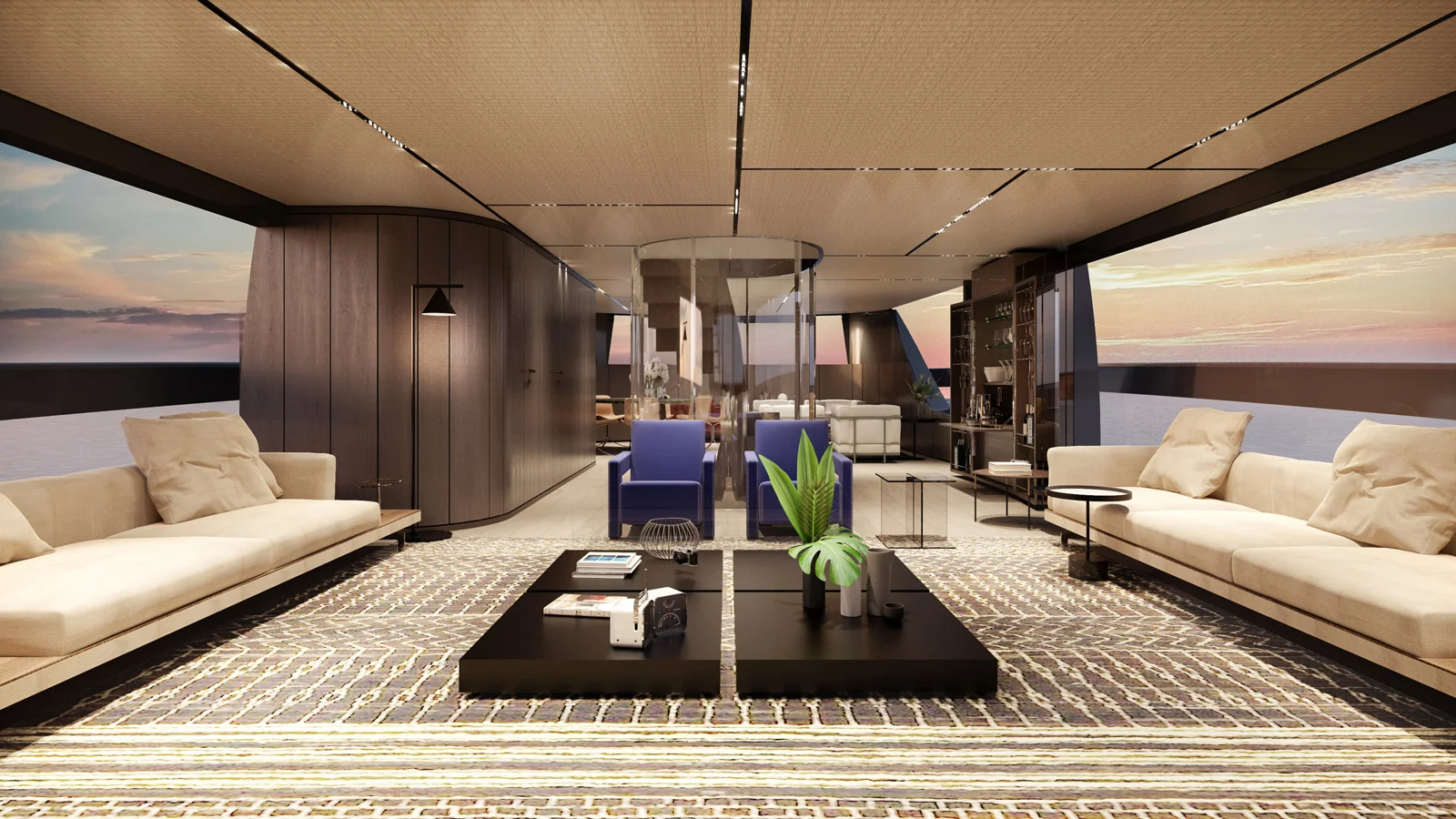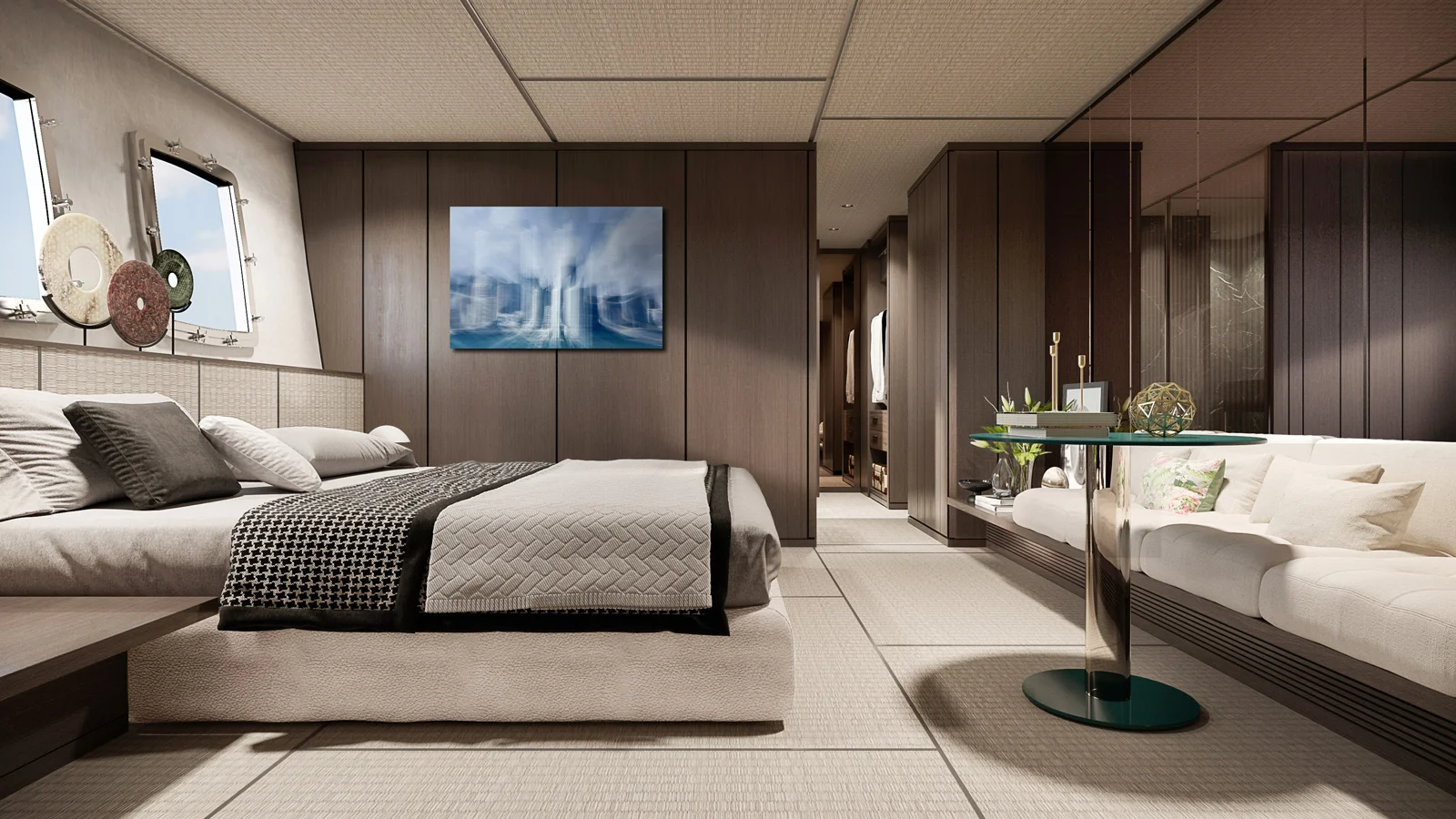Why would a shipyard hire an art director?
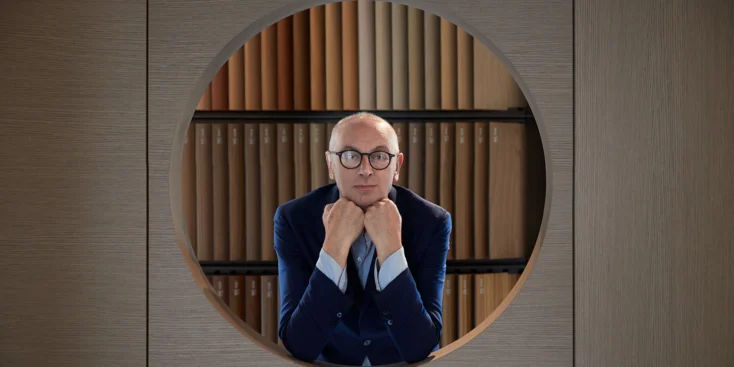
The architecture and design studio Lissoni & Partners has an endless flow of projects from all over the world
There are 80 people working in Piero Lissoni’s team in Milan, and 15 more in New York. Despite his love for spending holidays with a phone switched off, an interesting book and hand sketches, he manages to find time for yacht travels. “I really love the sea and enjoy sailing”, he says.
The art director’s role at Sanlorenzo is certainly not his first job in the industry. “I might be a ‘free rider’ in the world of yachting as I call myself jokingly, but I had designed private yachts before I joined Sanlorenzo, too. You can find our interiors on board a Dutch sailing yacht Ghost by Vitters, and a motor yacht Tribu that belongs to Luciano Benetton”. In 2006 the 37-meter sloop created together with Lissoni studio got a lot of awards, including the World Superyachts Awards. The 50-meter vessel for one of the founders of Benetton Group was built in 2007 in the Italian shipyard of Mondomarine and became one of the first explorers in the modern sense.
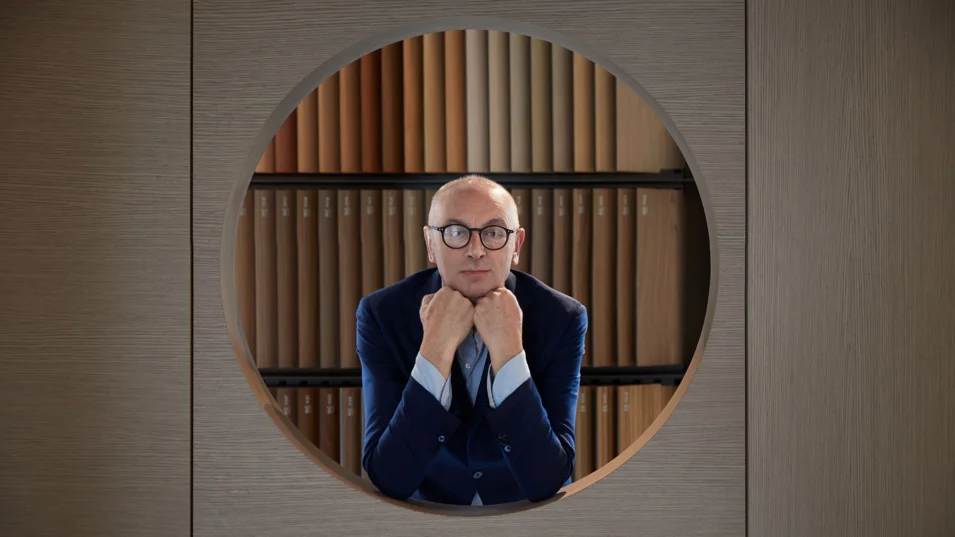
Those were the yachts over 30 m, but today together with Sanlorenzo Piero Lissoni works on yachts of a smaller size. And they launch many more than just one yacht a year – dozens of SX88 and SX76 hulls have already been sold, and there are other projects, too. “I wanted to design something simple and elegant. And when they suggested thinking of SX models that were initially conceived as an absolutely new approach to recreation on the water, I realized that it was my chance!”, says Piero. He describes the SX88 model as a challenging project – and he loves challenges: the more exciting the task is, the better it is to work on it. He believes that the 88th has enormous potential, although he is equally interested in working on the interiors of the entry-level SX76. The flagship of the range, SX112, also boast interiors from Lissoni.
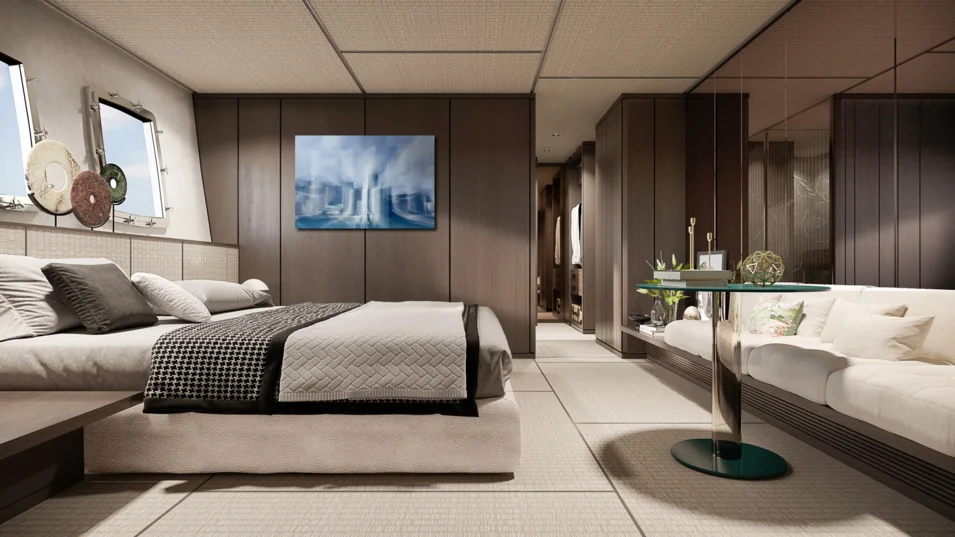
As an art director of Sanlorenzo Piero changes a lot of usual things. Thus, for instance, he decided to get rid of extra halls and nooks and crannies onboard, which he considers to be unaesthetic. He really succeeded in making the space open and realizing the yard’s old idea at the same time, which is to highlight the flybridge, and not only the main saloon. You can just look at the staircase leading to the SX76 flybridge to understand that no one had dared to do anything close to it on the yachts of this size before him.
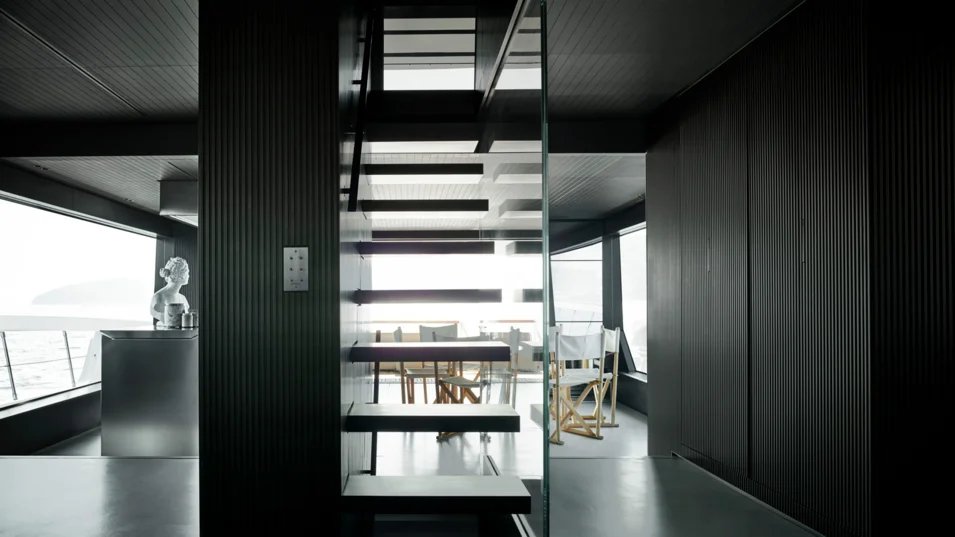
It might be surprising, but despite his position (have you heard of a lot of yards with an art director of their own?) Lissoni doesn’t strive to make art objects out of yachts. “Just like in architecture my goal here is to create a nice, cozy space, where you’ll want to stay as long as possible. And this space can be filled in absolutely different ways. The main thing that fills it is a person. While the function of art objects on board is different – they make the space more hospitable”.
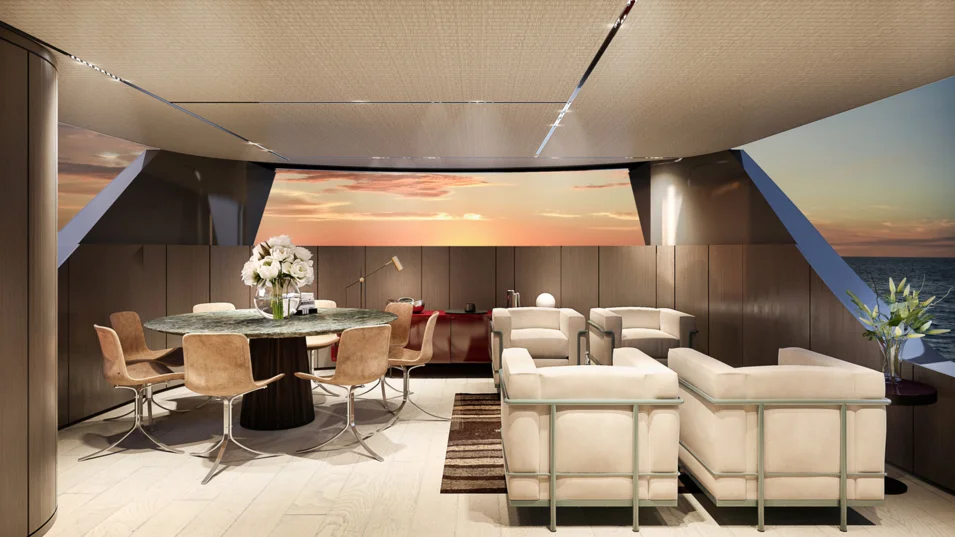
Piero is nothing like a blanket hog. He admits that Sanlorenzo had created a powerful and successful approach to yachts building before he joined them, and that they had long been gravitating towards the world of art, modern design and architecture. “They had taken interest in this world even earlier than the yachting world itself got interested in it”, he notes. And he appreciates how skillfully the company manages to combine high-tech production with the precision of style, while speaking an absolutely understandable language to their audience. He also takes an active part in Sanlorenzo art life now: he doesn’t only curate them at Art Basel and Salone de Mobile, but is in charge of their image everywhere they might meet potential and existing customers.
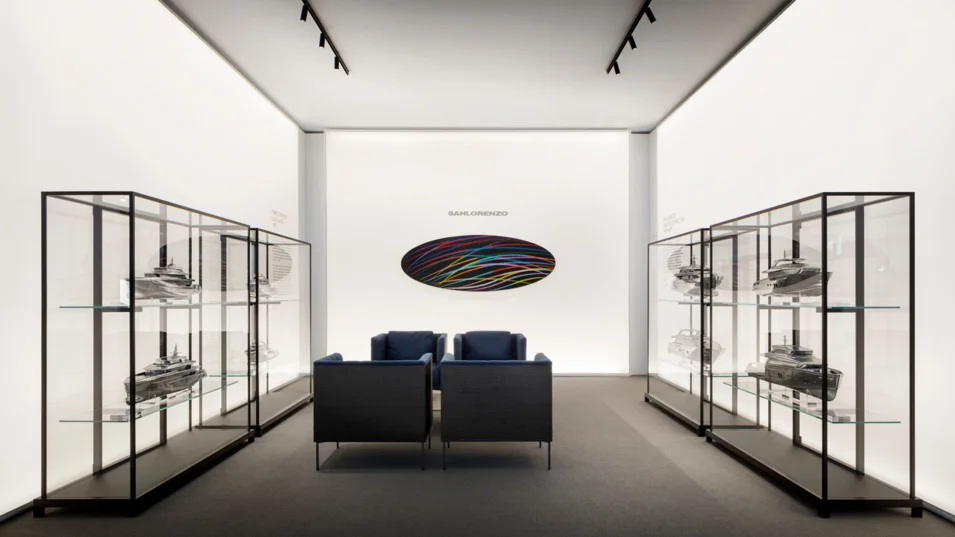
Not everyone considers shipbuilding to be the most beautiful or aesthetic process. And going to the yard to see your own yacht being built is nothing like going to a museum of modern art. But Piero Lissoni, who is normally hiding behind his dark-framed glasses, has his own view on everything. As he puts it, he tries preserving his childlike perception of everything that comes along. He even designed his own house in Toscana to look like a kid’s drawing. “Let us be honest: creation of a yacht does not have a lot in common with art. It has far more in common with design, so we’d better treat it as objects of design. It has to do with the predetermined outlines of a hull and the high-tech materials that are used for construction. But one should note that today unprecedented attention is paid to yacht interiors – as if they really were works of art”.
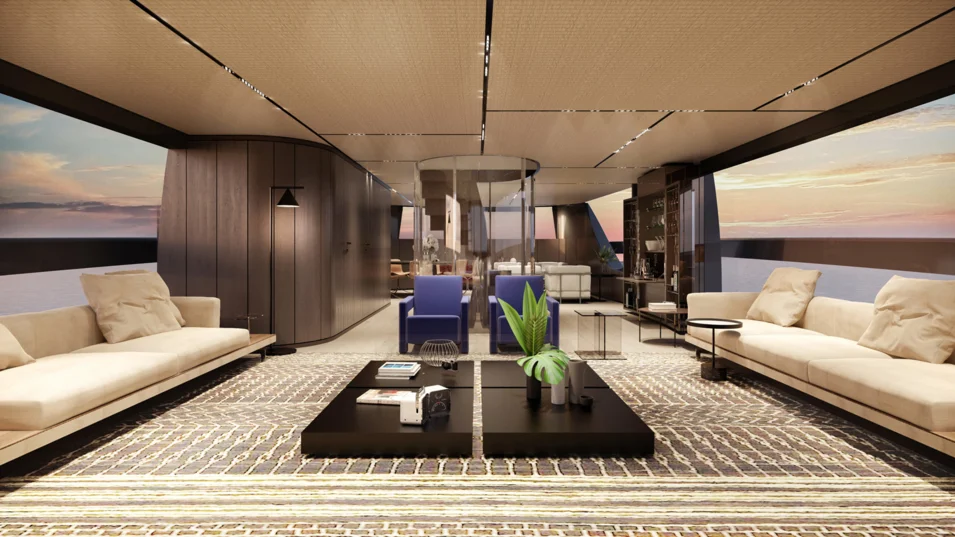
Piero keep repeating that architecture and design are created with people in mind, taking into account their scale and their needs. “I always create spaces thinking about the people that are going to live in there, and a yacht is a space that is inseparable from those who inhabit it, and with the interior that is often smaller than a building”. He realizes that not everybody shares his viewpoint: once he criticized Hudson Yards residential project in New York terribly for ignoring human scale and proportion completely.
He has been less critical of yachts so far, but to those who want to make sure that their yacht has been tailored to their individual needs and that it is going to be comfortable for them for years to come his advice is to look at the characteristics of the space itself, and not the interior design or its decorative elements: “I am sure it will so much easier to find the right vessel for you this way”. Piero says that regardless of the size he still looks at yachts as open space lofts that have a freedom of movement and, what matters most, an opportunity to stay closer to their surroundings – the water, the light, the sea. He reminds us that the secret of a cozy and logical yacht is just one: the recreation areas must be really exposed to the sea and fresh air.
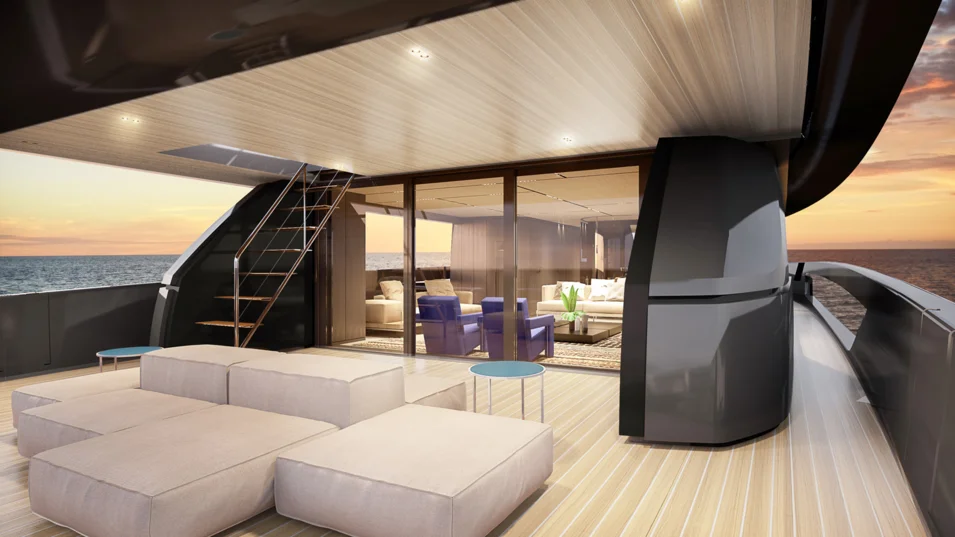
The yacht industry has not had such a person before – a famous architect, who is considered to be a classic of contemporary design. It is obvious that customers do like the yachts that he designs. “That might be because their organization is different from others, because I see the living space onboard quite differently from an ordinary yacht builder. Our yachts are more homelike and comfortable thanks to the fact that before my studio started working with Sanlorenzo, we made numerous coastal residential projects”.
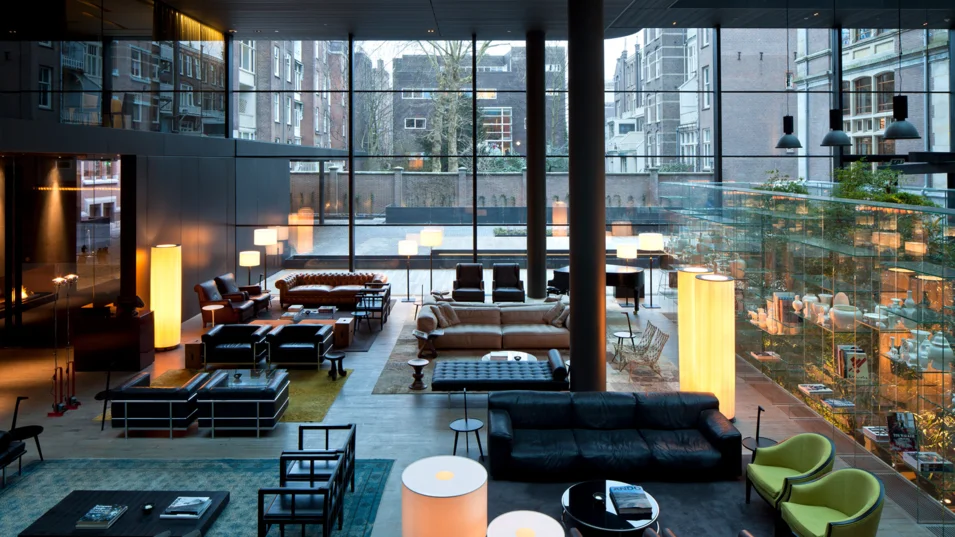
For Lissoni years of cooperation with brands that turn into friendship is more of a rule than an exception. The example is his 30-year-long “art-directorship” for the Italian furniture brand of Living Divani. He has worked equally long with the furniture brand of Porro, and there is also B&B Italia and Boffi, whose sofas and kitchens can be found on Sanlorenzo yachts so often. Among his friends are such well-known and respectable brands as Alpi, de Padova, Lema, Lualdi, Alessi, Cappellini, Cassina, Cotto, Fantini, Flos, Glas Italia, Golran, Kartell, Kerakoll, Knoll International, Salvatori, Tecno, Viccarbe. As a result of his experience Piero treats design as a dialogue, which is not always smooth and where there are some awkward questions at times.
"The dialogue with Sanlorenzo helps me understand and learn a lot. As a result, I design yachts with even more purposefulness. I do learn a lot of new things myself, too”. As he puts it, Sanlorenzo gave him more profound understanding of simplicity: “As an architect I am traditionally considered to be a minimalist, but I would characterize my own works as simple and elegant. And I think that Sanlorenzo yachts are like this, too… they are simple and elegant”.
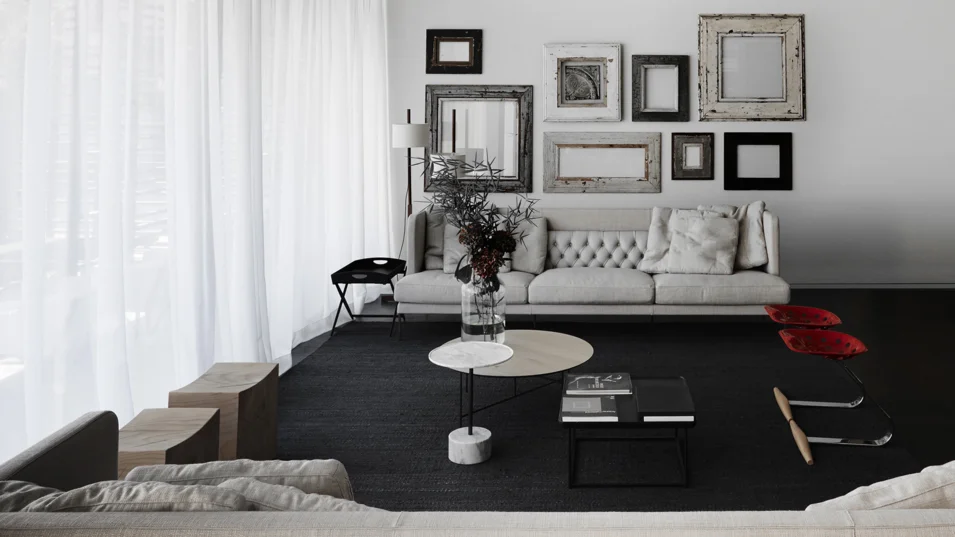
He speaks of the owner of Sanlorenzo yard, Massimo Perotti, as an entrepreneur with stunning intuition. “We’ve been able to understand each other completely since our very first meeting”, Piero says. “Only this kind of connection becomes the basis for worthy projects”. Deep inside he is ready for any twists and turns in their joint creative activity. And if once Sanlorenzo decides to take up, for instance, refitting, he says that he’ll be happy to join such projects, too. “Of course I would! I’ve always looked at yachts as residential units that simply have the ability to float on the water. So I think I know how to give them new life”.
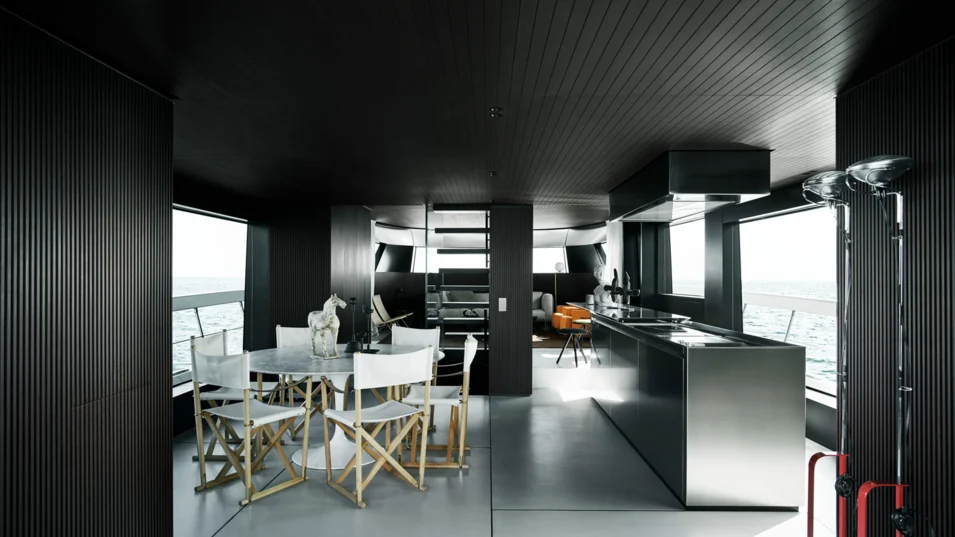
He believes that he can be counted a lucky man in his profession, as he’s had a chance to work in various areas. He’s been a designer, an art director, a photographer, a graphic designer and a decorator, he’s constructed buildings and created pieces of furniture. His profession allowed him to be absolutely free, and this freedom opened him doors to Sanlorenzo. And it is really exciting to see what other doors this freedom will open for the partnership and friendship of Lissoni-Sanlorenzo, which, according to Piero Lissoni’s life statistics, should last for at least the next 30 years.
You have successfully subscribed to our newsletter
